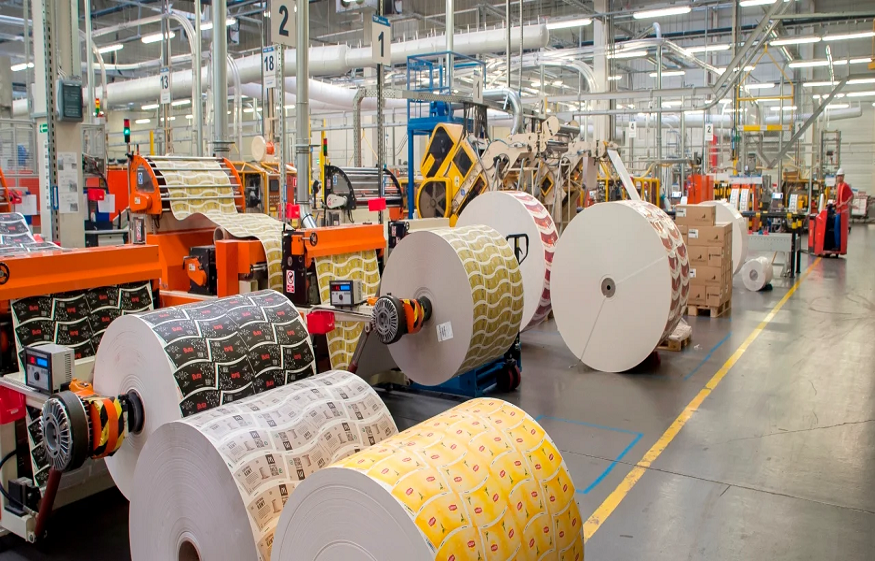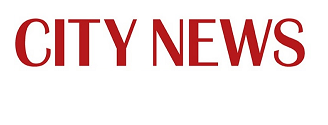
Packaging is becoming more than just a need in a world where customer expectations change as quickly as product trends; it is now a strategic asset. Companies who are aware of this are shifting to packaging techniques that are more flexible, eye-catching, and economical with resources. Out of all the options available today, flexible packaging stands out as a solution that is revolutionising how companies consider everything from environmental effects to cost savings. Materials that readily mould, bend, and adjust to the shape of the product, such as films, foils, and pouches, are referred to as flexible packaging. In a manner that conventional rigid packaging frequently cannot, it combines form and function. Flexible packaging is revolutionising the way products are presented, stored, and transported, whether they are food items, cosmetic creams, medications, or detergent pods. The following are some strong arguments for why flexible packaging solutions is becoming the preferred option for companies worldwide. These advantages go beyond ease of use; they also leverage sustainable innovation, operational effectiveness, and consumer psychology.
Why Flexible Packaging Is the Future of Smart Brands
1. Compact Convenience That Reduces Down Costs
The lightweight aspect of flexible packaging is among its most obvious and immediate benefits. Flexible pouches and bags are far lighter than glass jars, metal tins, or hard plastic containers. This results in less expensive freight, simpler handling, and more effective storage. Businesses may save a lot of money, particularly when using extensive distribution networks.
However, the advantages extend beyond logistics. Customers also value the convenience of carrying smaller containers, particularly when it comes to bulk items that don’t seem heavy or travel-sized forms. Lightweight items are easier to display and frequently take up less shelf space in retail environments, which benefits both customers and sellers.
2. Efficiency of Space Throughout the Supply Chain
Space is a crucial factor in retail shelving, warehousing, and even residential storage. The goal of flexible packaging is to maximise to be had space for the duration of the delivery chain. It is unlike any other space-saver since it may be folded, rolled, or flattened both before and after usage.
Conventional rigid containers take up more space when they are filled and when they are empty. Conversely, flexible packaging makes it possible for warehouse stocking to run more smoothly, stacking to be simpler, and pallet optimisation to be improved. This package type is a useful tool that immediately improves operational efficiency for companies looking to reduce overhead and increase shelf exposure.
3. Adaptable Style and Personalisation Choices
The flexible packaging suppliers makes the initial physical contact a customer has with your product—which is frequently the package—more memorable. Brands might also design packaging that embodies their brand and appeals to their goal marketplace by making use of resealable capabilities, pleasing print finishes, and customisable styles and sizes. Your inventiveness is not constrained by flexible packaging, in contrast to fixed forms. The versatility in material and design allows you to create a variety of unique items, such as a beautiful matte-finish sachet for skincare products or a whimsical bag for kids’ food. Spouts, rip notches, and zip locks are examples of accessories that provide flare and functionality while improving the user experience.
4. Less of an Impact on the Environment
Sustainability is becoming a fundamental aspect of how contemporary firms function, not just a trendy marketing term. When well-planned, flexible packaging greatly lessens its impact on the environment. It generates less landfill waste upon disposal and requires fewer raw materials to manufacture.
Due to its reduced weight, less fuel is consumed in transporting it, and thus, carbon emissions are decreased indirectly. With more global efforts towards reducing packaging waste, numerous flexible packaging forms utilising recyclable or compostable materials are readily available. Companies can differentiate themselves in various methods as consumers become increasingly environmentally conscious by highlighting sustainability thru their packaging. Flexible packaging is not only eco-friendly but also enhances the company’s image.
5. Convenience and Usability of Consumers
Individuals like things that are easy to use, store, and transfer in today’s busy world. Flexible packaging offers traits that are specifically designed for the lifestyle of consumers. The package deal format comprises various requirements, from single-serve sachets to own family-sized resealable luggage.
Whether it’s a stand-up pouch that stays tidily in the kitchen or a spout pouch where you can pour exactly, this flexibility increases the day-to-day life of customers. Buying decisions are driven by convenience, and flexible packaging offers a practical advantage that could impact repeat custom and client hold. It’s perfect for e-commerce, too, where light, robust packaging is needed to guard against damage and reduce delivery costs. User convenience can make your business unique compared to others, whether accomplished offline or online.
6. Enhanced Market Differentiation and Brand Awareness
Sleek packaging that gets noticed is essential in a world where there are crowded stores and customers have short attention spans. High-quality printing that accentuates bold colours, interesting textures, and clear branding elements is facilitated by flexible packaging.
Your product will look better if it can print edge-to-edge without any structural restrictions. Flexible packaging’s printing technique provides rich detail and exceptional durability, regardless of your preference for a simple or complex design. The end effect is packaging that represents your business visually in addition to fulfilling a practical purpose. In only a few seconds, it grabs attention, shares your narrative, and shapes the customer’s opinion.
Conclusion
From being a specialised solution, buy paper cups and flexible packaging is now a widely used tactic that promotes affordability, customer convenience, sustainability, and branding strength. It’s a comprehensive solution that adds value at every turn, from production to customer satisfaction. The need for clever, eco-friendly, and market-ready packaging will only increase as industries continue to change. This need is met by flexible packaging, which effectively combines innovation with usefulness. Whether your company is young or well-known, adding flexible packaging to your range of products may boost their attractiveness and performance to new heights. Although the modification may appear little, it can have significant repercussions on customer happiness, design, logistics, and the environment. In the modern economy, when every little thing matters, flexible packaging provides a sensible and forward-thinking route to expansion.
